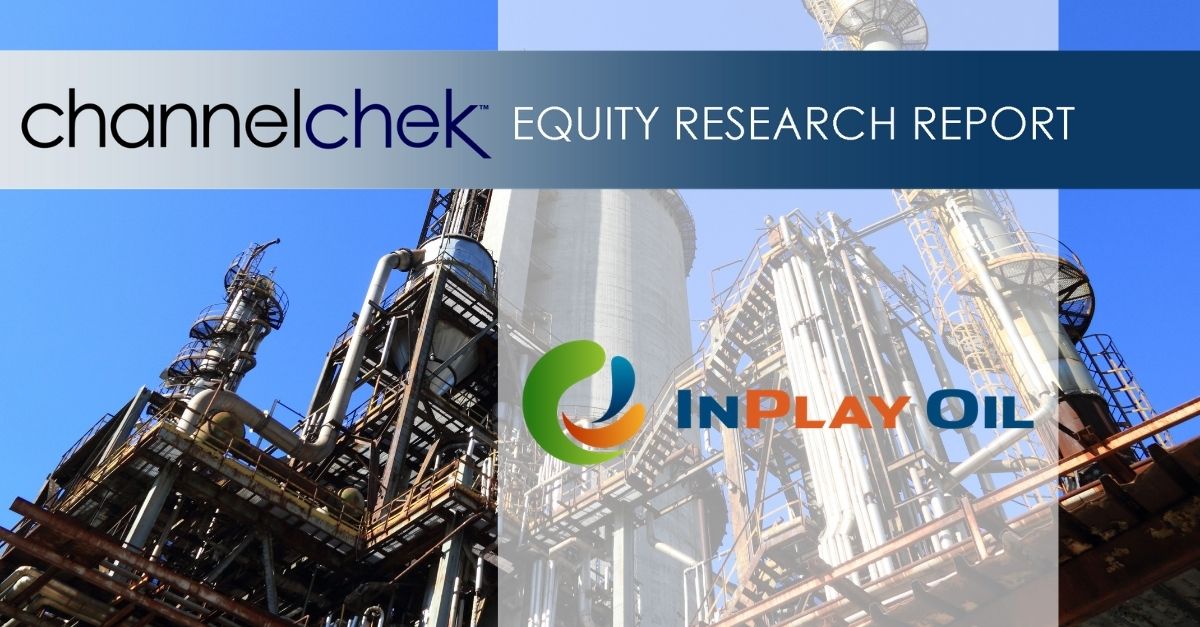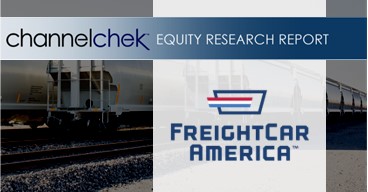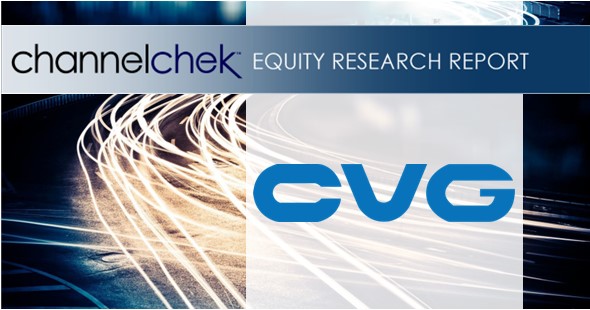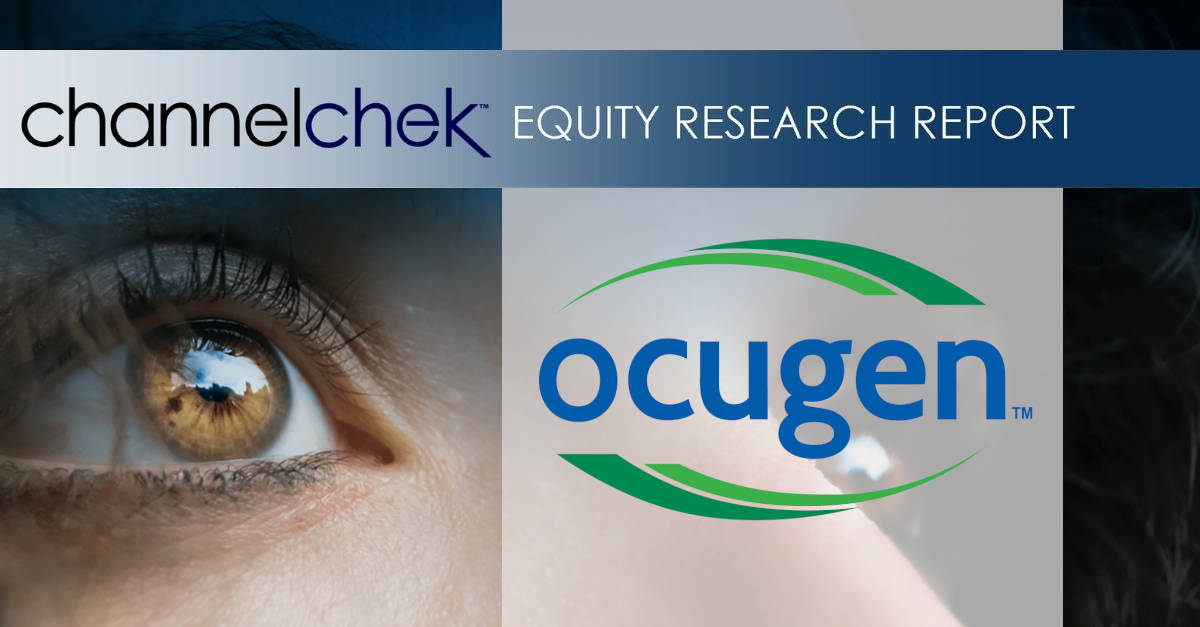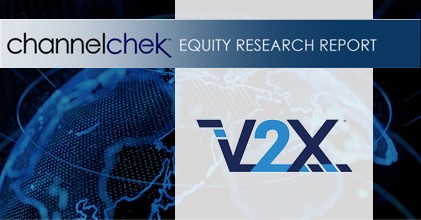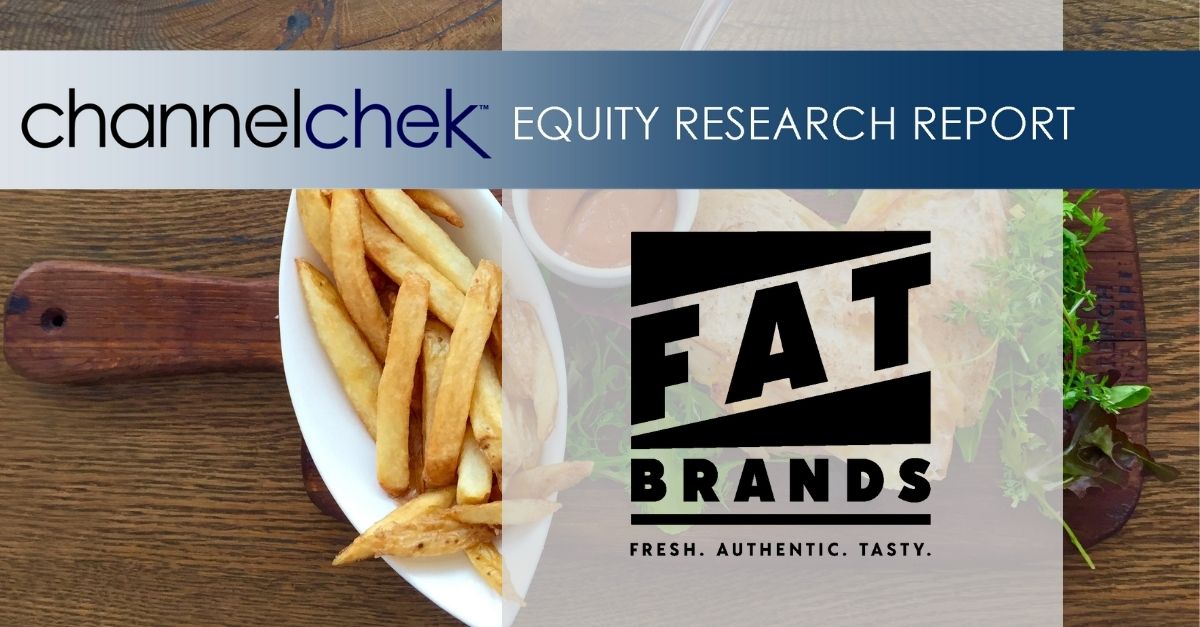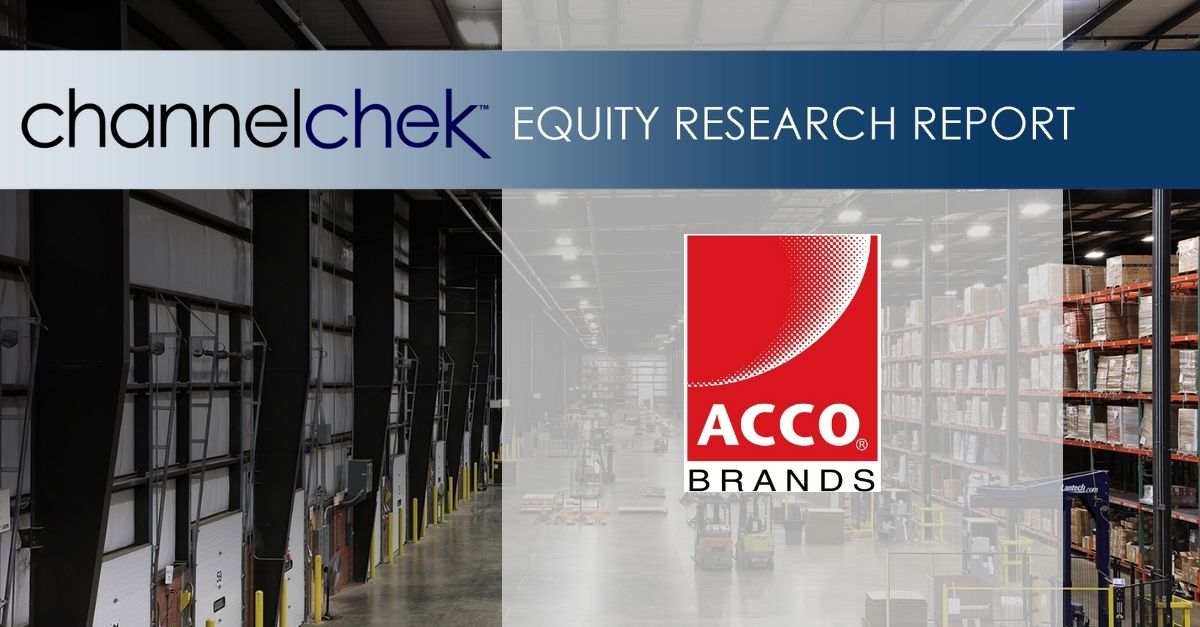
Tuesday, August 05, 2025
InPlay Oil is a junior oil and gas exploration and production company with operations in Alberta focused on light oil production. The company operates long-lived, low-decline properties with drilling development and enhanced oil recovery potential as well as undeveloped lands with exploration possibilities. The common shares of InPlay trade on the Toronto Stock Exchange under the symbol IPO and the OTCQX Exchange under the symbol IPOOF.
Mark Reichman, Managing Director, Equity Research Analyst, Natural Resources, Noble Capital Markets, Inc.
Hans Baldau, Associate Analyst, Noble Capital Markets, Inc.
Refer to the full report for the price target, fundamental analysis, and rating.
Delek Group to acquire major stake in InPlay. Delek Group Ltd. (TASE: DLEKG) executed a definitive agreement to acquire Obsidian Energy’s (TSX: OBE, NYSE American: OBE) common share position in InPlay Oil, consisting of 9,139,784 common shares representing approximately 32.7% of InPlay’s issued and outstanding shares. Subject to certain adjustments, the purchase price is C$10.00 per InPlay share, representing an aggregate transaction value of C$91,397,840. Recall that Obsidian received the shares as partial consideration for its April sale of Pembina Cardium assets to InPlay Oil. The transaction with Delek is expected to close in the first half of August 2025 and remains subject to satisfaction or waiver of certain closing conditions.
Rationale. Delek is an independent exploration and production company based in Israel that has embarked on an international expansion with a focus on high-potential opportunities in the North Sea and North America. Delek views Canada as a strong and stable jurisdiction for oil and gas investment and identified InPlay as an attractive partner in the Canadian energy sector due to its strong record of operational performance and successful acquisitions. Delek holds a 52% equity interest in Ithaca Energy plc and has played a key role in supporting Ithaca’s production growth since the time of its initial investment.
Get the Full Report
Equity Research is available at no cost to Registered users of Channelchek. Not a Member? Click ‘Join’ to join the Channelchek Community. There is no cost to register, and we never collect credit card information.
This Company Sponsored Research is provided by Noble Capital Markets, Inc., a FINRA and S.E.C. registered broker-dealer (B/D).
*Analyst certification and important disclosures included in the full report. NOTE: investment decisions should not be based upon the content of this research summary. Proper due diligence is required before making any investment decision.
